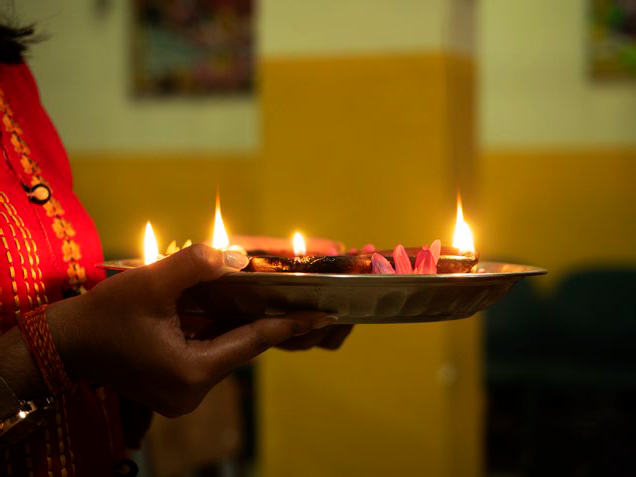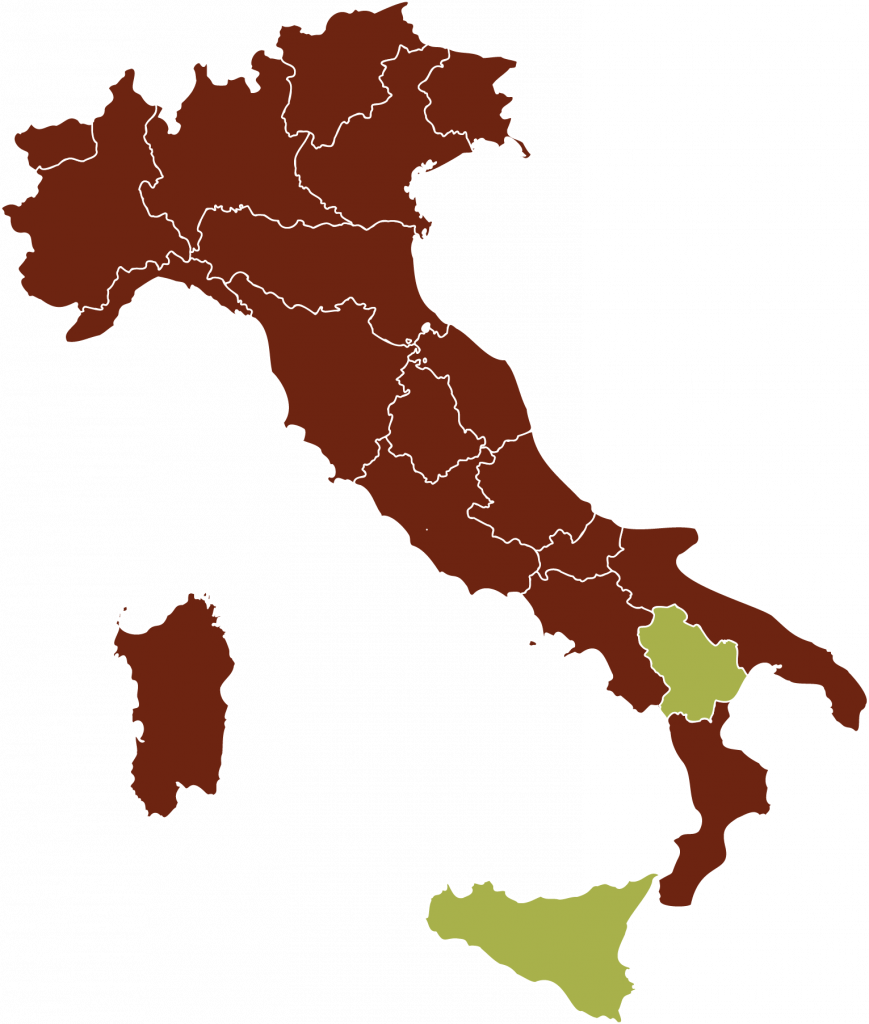Progetto di Rilevante interesse Nazionale PRIN_201773AHHL
Migrazioni, spaesamento e appaesamento: letture antropologiche del nesso rituali/migrazioni in contesti di Italia meridionale
Migrations, blurring boundaries, and home-making: Anthropological analysis of the rituals/migrations nexus in Southern Italy

THE RESEARCH PROJECT
The project, part of the PRIN 2017 initiatives, explores rituals related to migration in urban contexts in southern Italy, aiming to understand how these phenomena contribute to social interaction, integration, or socio-political polarization.
Through fieldwork in Sicily and Basilicata, the project investigates three main aspects: the dynamics of public religious rituals involving migrants, emerging ritual practices specific to the migrant condition, and institutional ritualisations linked to reception processes.
By combining interdisciplinary approaches and innovative multimedia tools, the initiative seeks to transcend stereotypes and foster a deeper and more sensory understanding of the relationship between migration and rituality.
The outcomes will include an online-accessible multimedia archive and a traveling exhibition.
FOUR RESEARCH UNITS
Three research units in Sicily and one in Basilicata
Messina Unit focuses on the ethnographic analysis of rituals performed by foreign workers, particularly the Magal Festival celebrated by the Senegalese Murid brotherhood within the rural ghetto of migrant agricultural laborers near Campobello di Mazara (TP) and the rituals of the Sri Lankan community in the Sanità neighborhood of Naples. The ethnographic observation of these rituals is framed within the economic, social, and political dynamics that connect migration phenomena to the host territories.
Palermo Unit investigates the religious practices of Tamil and Mauritian communities (Hindu and Catholic) in relation to the urban spaces and temporalities of Palermo, with particular attention to the pilgrimage to the Sanctuary of Santa Rosalia. The unit reconstructs festive calendars, worship practices, and interactions with local ceremonies such as the Feast of Santa Rosalia.
Catania Unit examines Sri Lankan communities of various religions (Catholic, Hindu, and Buddhist) in eastern Sicily, exploring their transnational connections with Sri Lanka, ordinary forms of ritualization, and involvement in key local devotional and ritual complexes, activated by patronal feasts (such as Saint Agatha in Catania) and other celebrations (such as the Madonna of Tindari in the Messina area).
Matera Unit analyzes the rituals of migrants in Basilicata, both secular and daily, studying cultural adaptation practices with an ethnographic focus on the Metapontino area and Islamic groups in Bari. Additionally, the unit oversees the design of the exhibition on the project’s themes, leveraging internal museographic expertise.

